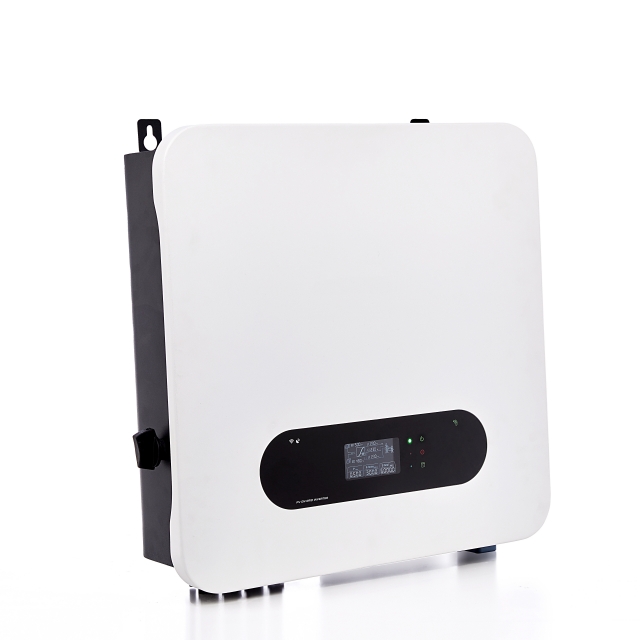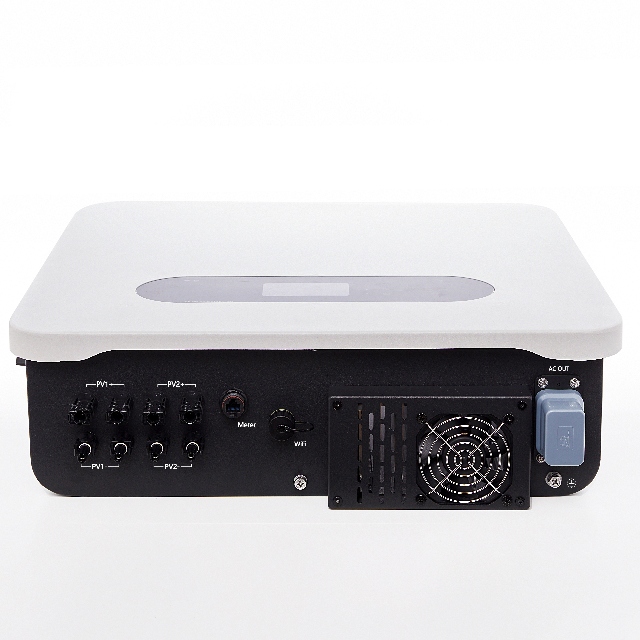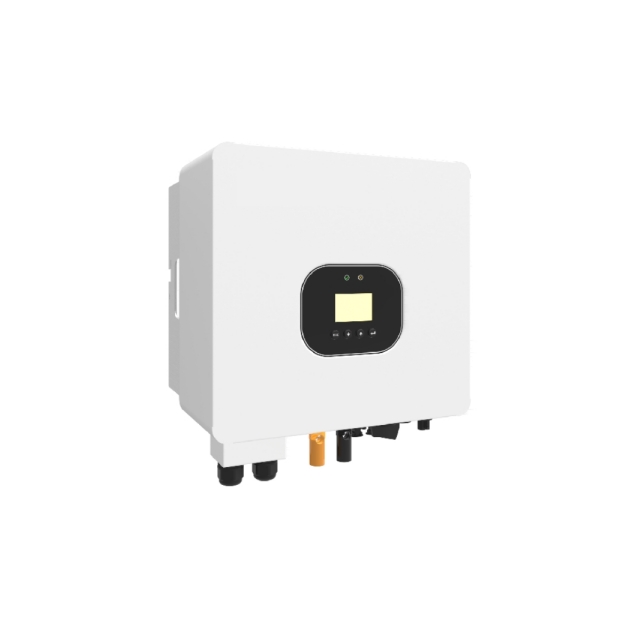Author:BLD Solar Energy SystemFROM:Solar System Converter Manufacturer TIME:2024-02-23
Introduction:
The routine maintenance of MPPT hybrid controllers is essential for ensuring the efficient and reliable operation of photovoltaic (PV) systems. These controllers play a crucial role in maximizing the energy extraction from solar panels and managing the battery storage system. This article provides an overview of the routine maintenance tasks required for MPPT hybrid controllers to ensure their optimal performance and longevity.

Regular inspection and cleaning of MPPT hybrid controllers are vital to prevent dust, dirt, and debris from accumulating on the surface. Over time, these contaminants can affect the efficiency of the controller and reduce its performance. It is recommended to inspect the controller at least once every three months or as per the manufacturer's guidelines.
During the inspection, visually examine the controller for any signs of damage, loose connections, or corrosion. Check the state of the wiring, terminals, and connectors to ensure they are intact and securely fastened. If any abnormalities or issues are detected, they should be addressed and repaired promptly to prevent further damage or system failure.
In addition, cleaning the controller's surface is essential to maintain its optimal heat dissipation. Use a soft, lint-free cloth or sponge and mild detergent to carefully wipe off any dirt or grime. Avoid using abrasive materials or excessive force that may scratch or damage the controller surface. Regular cleaning helps to

Battery maintenance is an integral part of routine maintenance for MPPT hybrid controllers. The battery bank is responsible for storing excess energy generated by the PV system and supplying it during periods of low sunlight or high demand. Proper maintenance ensures the batteries' longevity and optimal performance.
It is crucial to regularly monitor the battery bank's voltage, temperature, and overall health. Check the battery's electrolyte levels and specific gravity to ensure they are within the manufacturer's recommended range. If necessary, add distilled water or perform equalization charging as per the battery manufacturer's instructions.
Inspect the battery terminals for any signs of corrosion, loose connections, or damage. Clean the terminals with a wire brush and apply a thin layer of petroleum jelly to p

Regular firmware updates and performance testing are essential for maintaining the optimal functionality of MPPT hybrid controllers. Manufacturers may release firmware updates to address bugs, improve system compatibility, or introduce new features. Staying up to date with the latest firmware ensures that the controller operates efficiently and effectively.
Before updating the firmware, it is crucial to back up the controller's configuration settings to avoid any data loss or system misconfiguration. Follow the manufacturer's instructions to download and install the firmware update correctly. After the update, verify the controller's performance by conducting comprehensive performance testing, including its ability to track the maximum power point and manage the battery bank.
Performance testing should include measuring the controller's efficiency, voltage regulation, and response time under different weather conditions and system loads. Any deviations from the expected performance parameters should be investigated and addressed promptly to ensure the system operates optimally.
Conclusion:
Routine maintenance is crucial for the reliable and efficient operation of MPPT hybrid controllers in the photovoltaic industry. Regular inspection and cleaning, battery maintenance, firmware updates, and performance testing are essential tasks to ensure the longevity and optimal performance of these controllers. By following the recommended maintenance procedures, system owners can maximize their investment in solar energy and contribute to a sustainable future.
